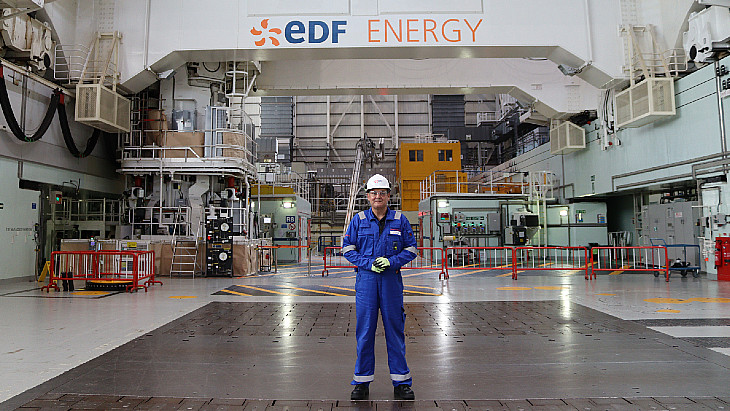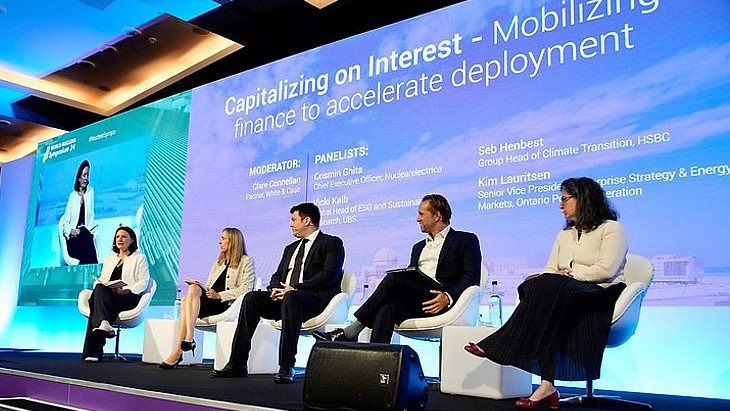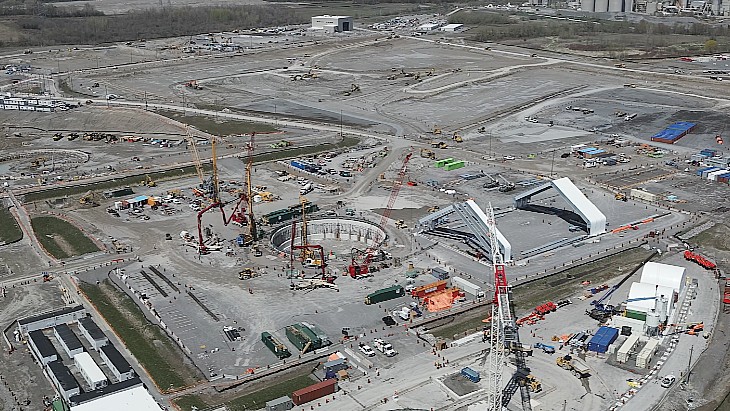Viewpoint: COP24 can help the climate with nuclear policy action

Climate change is the most significant threat to our planet today. The latest Intergovernmental Panel on Climate Change (IPCC) report on the impacts of global warming reaching 1.5 degrees Celsius above pre-industrial levels sends a clear warning that this increase may be exceeded by 2030-2050 unless radical action is taken.
COP24, taking place in Katowice, Poland on 2-14 December, will see governments come together to agree the rulebook to implement the Paris Agreement to take decisive action on climate change.
Nuclear power is a low-carbon source of energy. According to the IPCC, the median lifecycle emissions from nuclear are 12g/kWh, as low as wind energy.
Thanks to nuclear, more than 60 Gt of CO2 emissions have been avoided globally since 1970, equivalent to five years' worth of CO2 emissions from the electricity sector. Nuclear is the second largest source of low-carbon electricity after hydropower.
The future decarbonisation of the electricity sector is central to tackling climate change: global electricity production accounts for 40% of total emissions and coal and gas still dominate generation, producing 63% of the world's electricity.
Decarbonising the electricity sector is a considerable challenge. The latest scenarios set the bar very high, aiming for a total decarbonisation of the electricity system by 2050. At the same time a doubling of electricity consumption is expected due to population growth and the catching-up of emerging countries. Despite massive investments, renewable energies alone will not be enough to achieve the decarbonisation required. A recent study by the Massachusetts Institute of Technology shows that the cost of decarbonising electricity is much lower when the mix includes substantial amounts of nuclear.
The nuclear industry's Harmony programme has set a goal for nuclear energy to supply 25% of the world's electricity by 2050, as part of a low-carbon generation mix. This will need the construction of around 1000 GWe of new nuclear capacity.
Abundant low-carbon electricity will not only be needed for today’s uses of electricity. Greater use of clean electricity is the preferred tool for achieving deep decarbonisation scenarios in other sectors. Electrification of transport will be facilitated by cheap, low-carbon electricity. The development of future nuclear technologies could enable the decarbonisation of sectors other than electricity, such as industrial heat production.
A number of significant developments in 2018 have shown the important role nuclear energy needs to have to achieve the world's climate goals.
The IPCC have reported on what would be needed to limit global climate change to 1.5 degrees C above preindustrial levels. Nuclear generation increased by an average of two-and-a-half times in the report’s 89 scenarios.
The IPCC report noted that the "scalability and speed of scaling of nuclear plants have been high in many nations" - highlighting the case of France, which successfully decarbonised much of its electricity mix in under 20 years by establishing a generation mix predominantly supplied by nuclear power.
Poland, COP24's host nation, announced in its draft energy strategy, published on 22 November, that it expects its first nuclear power plant to be running by 2033, with nuclear capacity growing to 6-9 GWe by 2043. Polish Energy Minister Kryzstof Tchórzewski said the plant will help the country accelerate its carbon emissions reductions.
In Taiwan, a referendum held on 24 November saw the public vote decisively to repeal the government's policy to phase out nuclear energy by 2025. The same referendum also saw support to halt construction of all new coal-fired plant and progressively reduce electricity generation from existing coal plant.
Globally, operable nuclear capacity surpassed 400 GWe for the first time on 27 October with the grid connection of Tianwan 4, a VVER-1000 unit in China's Jiangsu province. Global nuclear generation exceeded 2500 TWh for the first time in five years in 2017, with nuclear supplying 10.5% of the world's electricity needs.
Nine nuclear plants with a total capacity of 10.4 GWe have started up so far this year, the highest amount since 1990. In addition, four plants in Japan, with a capacity of 4.5 GWe, restarted this year. Next year, 14 new reactors with a total capacity of nearly 15 GWe are due to start operations.
Construction of nuclear power plants started in another new country in 2018, with first concrete poured at the Akkuyu plant in Turkey in April. Meanwhile, construction on the second unit at Rooppur in Bangladesh began in July. In total, there are 54 reactors under construction worldwide in 18 countries.
These developments are welcome, but much more is needed. Only by decarbonising electricity generation, with nuclear energy playing a major role, can we still deliver on the Paris Agreement commitments. The nuclear industry is committed to this Harmony goal. But we need the international community to ensure the rulebook to be agreed at COP24 encourages and enables all low-carbon technologies to achieve their full potential.
Agneta Rising
Comments? Please send them to: editor@world-nuclear.org









